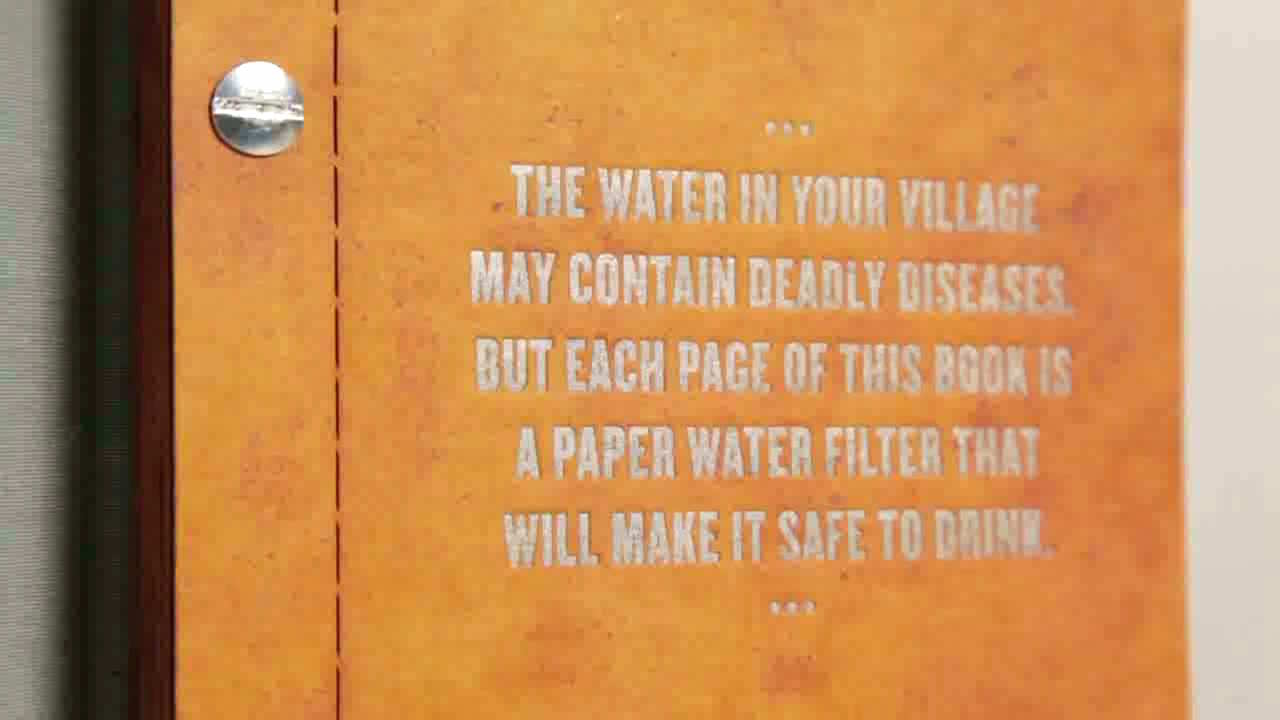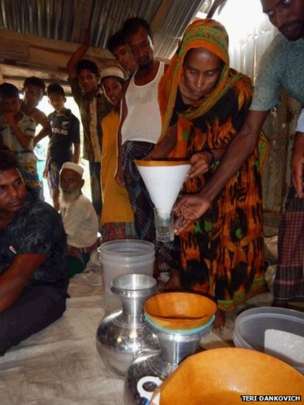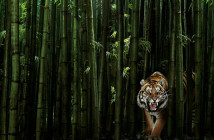What is it?
The ‘drinkable book’ appears to be a workable solution to the problem of 663 million people around the world lacking access to clean drinking water. It is comprised of treated pages that contain information on how and why water should be filtered. The pages are made up of nanoparticles of silver or copper, and can be ripped out to filter drinking water. The book was developed and tested over the course of several years by Dr. Teri Dankovich, a postdoctoral researcher at Carnegie Mellon University in Pittsburgh. She explained: “All you need to do is tear out a paper, put it in a simple filter holder and pour water into it from rivers, streams, wells etc and out comes clean water – and dead bacteria as well. The bugs absorb silver or copper ions – depending on the nanoparticles used – as they percolate through the page. Ions come off the surface of the nanoparticles, and those are absorbed by the microbes.”
Is it actually effective?
The “drinkable book” has now passed two crucial stages – showing that it functions in both the lab, and with real water sources. It was put through trials at 25 contaminated water sources in South Africa, Ghana and Bangladesh, and successfully removed over 99% of bacteria. The resulting water is most closely comparable to that of U.S. tap water in terms of contamination levels. While small amounts of silver or copper can leak into the water, they’re far below safety limits. According to Dankovich’s tests, one page can filter up to 100 litres of water. A single book is capable of filtering one person’s water supply for four years.
What’s next?
The results were presented at the 250th national meeting of the American Chemical Society in Boston, U.S.. Dankovich asserted that the book is targeted for communities in developing countries, and that the information in the book is printed in both English and that language of the person that it would belong to. Dankovich and her team say that they want to increase paper production (it’s currently hand-made), and shift to trials in which local residents use the filters themselves. She added: “We need to get it into people’s hands to see more of what the effects are going to be. There’s only so much you can do when you’re a scientist on your own.” Dankovich’s work with Bangladesh-based iDE focuses on whether the filter can fit into a “kolshi”, or the traditional water container used by many Bangladeshis.
Dr Daniele Lantagne, an environmental engineer at Tufts University, made comment:
“There’s a lot of interest in developing new products for point-of-use water treatment.” While Lantagne acknowledges that the trials have shown potential, she believes that the team will now need to focus on “a commercialisable, scalable product design” for a device that the pages slot into.
Dankovitch commented further: “It’s really exciting to see that not only can this paper work in lab models, but it also has shown success with real water sources that people are using. There was one site where there was literally raw sewage being dumped into the stream, which had very high levels of bacteria. But we were really impressed with the performance of the paper; it was able to kill the bacteria almost completely in those samples. And they were pretty gross to start with, so we thought – if it can do this, it can probably do a lot.”
While the book is able to kill bacteria successfully, it has not yet been determined whether it can remove other disease-causing micro-organisms from water.







